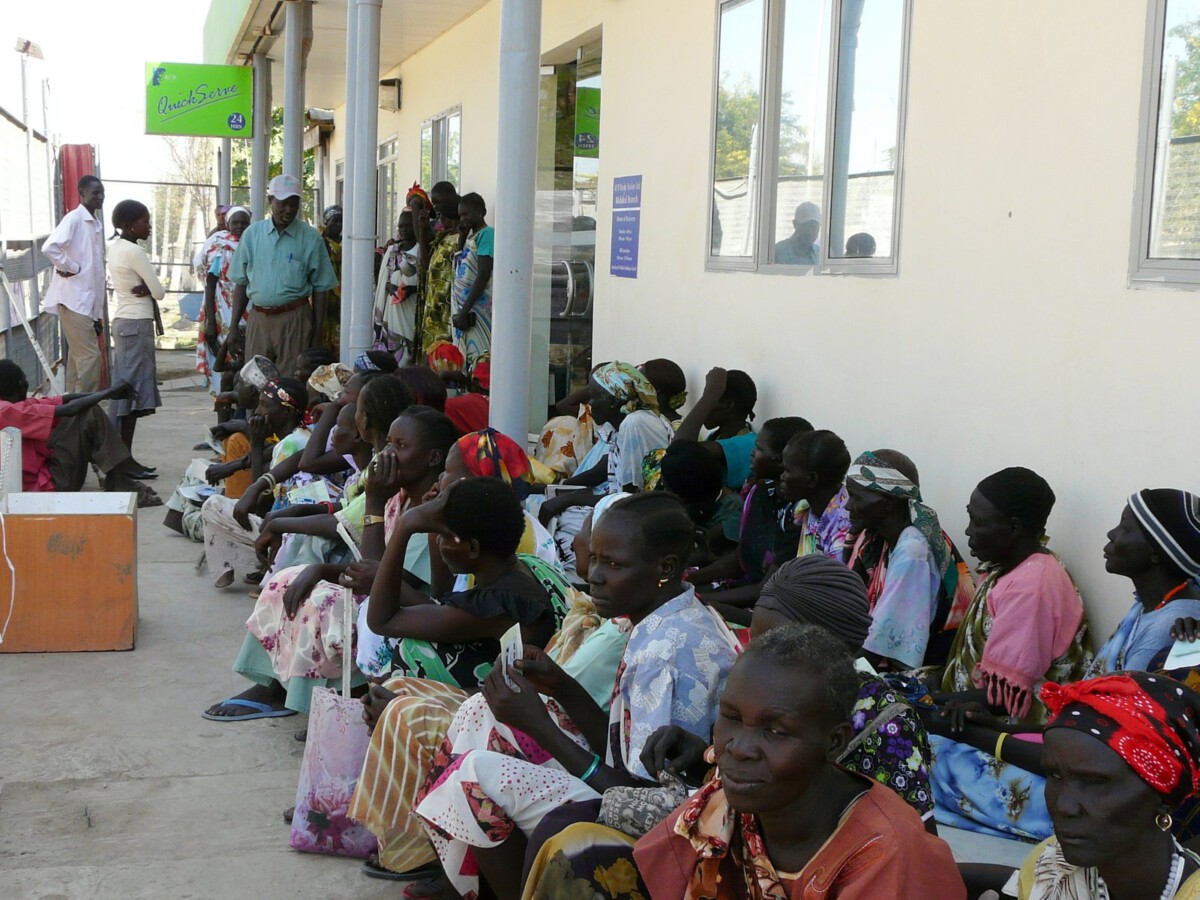Leading Indicators Flash Warning Signs
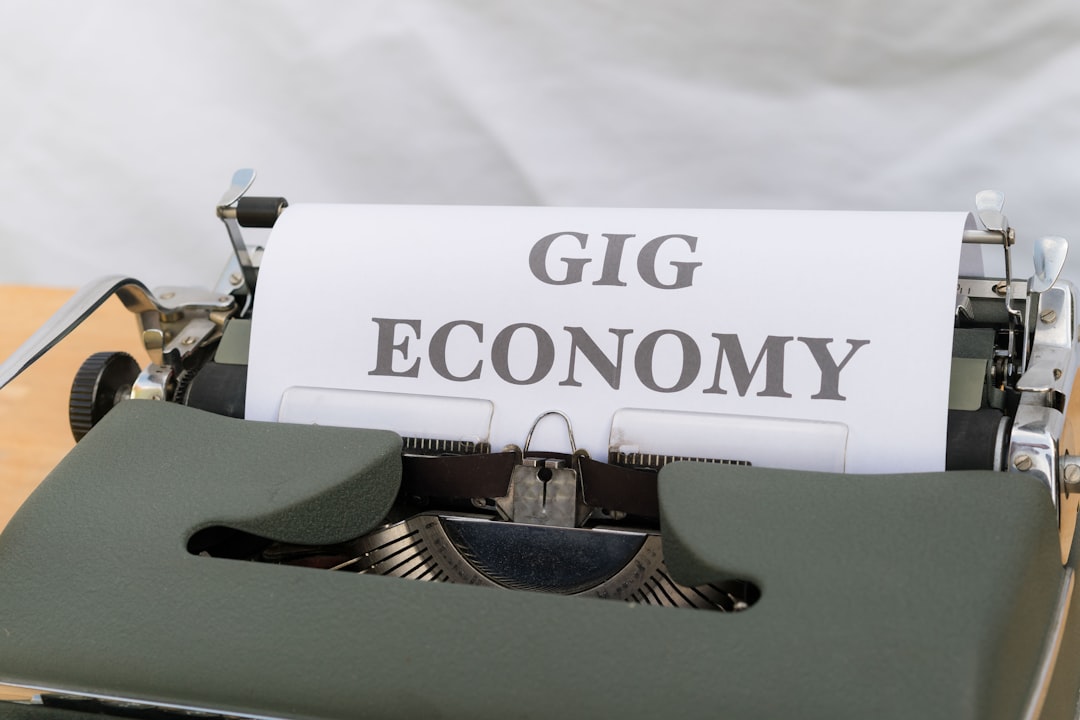
The economic warning lights are starting to flash red. The Conference Board Leading Economic Index® (LEI) for the US declined by 0.3% in June 2025 to 98.8 (2016=100), after no change in May (revised upward from –0.1% originally reported). This drop might seem small, but it’s part of a bigger, more troubling picture that has economists paying closer attention. As a result, the LEI fell by 2.8% over the first half of 2025, a substantially faster rate of decline than the –1.3% contraction over the second half of 2024.
What makes this decline particularly concerning is that it triggers one of the key recession signals economists watch for. In addition, the LEI’s six-month growth rate weakened, while the diffusion index over the past six months remained below 50, triggering the recession signal for a third consecutive month.
GDP Contracts as Imports Surge
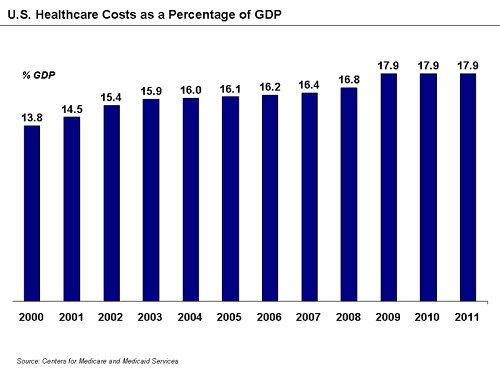
Real gross domestic product (GDP) decreased at an annual rate of 0.5 percent in the first quarter of 2025 (January, February, and March), according to the third estimate released by the U.S. Bureau of Economic Analysis. This contraction caught many off guard, especially after In the fourth quarter of 2024, real GDP increased 2.4 percent. The sudden shift from solid growth to negative territory shows just how quickly economic conditions can change.
The main culprit behind this decline wasn’t necessarily weak demand at home. Indeed, imports soared 41.3% for the quarter, driven by a 50.9% increase in goods, for the biggest growth outside the Covid pandemic since 1974. Companies and consumers rushed to buy goods before expected tariff increases took effect, creating an unusual economic situation where strong consumer behavior actually hurt the GDP numbers.
Consumer Confidence Hits 12-Year Low

Perhaps the most alarming signal comes from how Americans feel about their economic future. The Expectations Index—based on consumers’ short-term outlook for income, business, and labor market conditions—fell 4.6 points to 69.0, substantially below the threshold of 80 that typically signals a recession ahead. This isn’t just a minor dip – it represents a sustained decline in confidence that economists haven’t seen in over a decade.
The situation got even worse in the spring months. The Expectations Index—based on consumers’ short-term outlook for income, business, and labor market conditions—dropped 12.5 points to 54.4, the lowest level since October 2011 and well below the threshold of 80 that usually signals a recession ahead. When people expect tough times ahead, they often change their spending behavior, which can create the very economic slowdown they fear.
Manufacturing Sector Shows Weakness
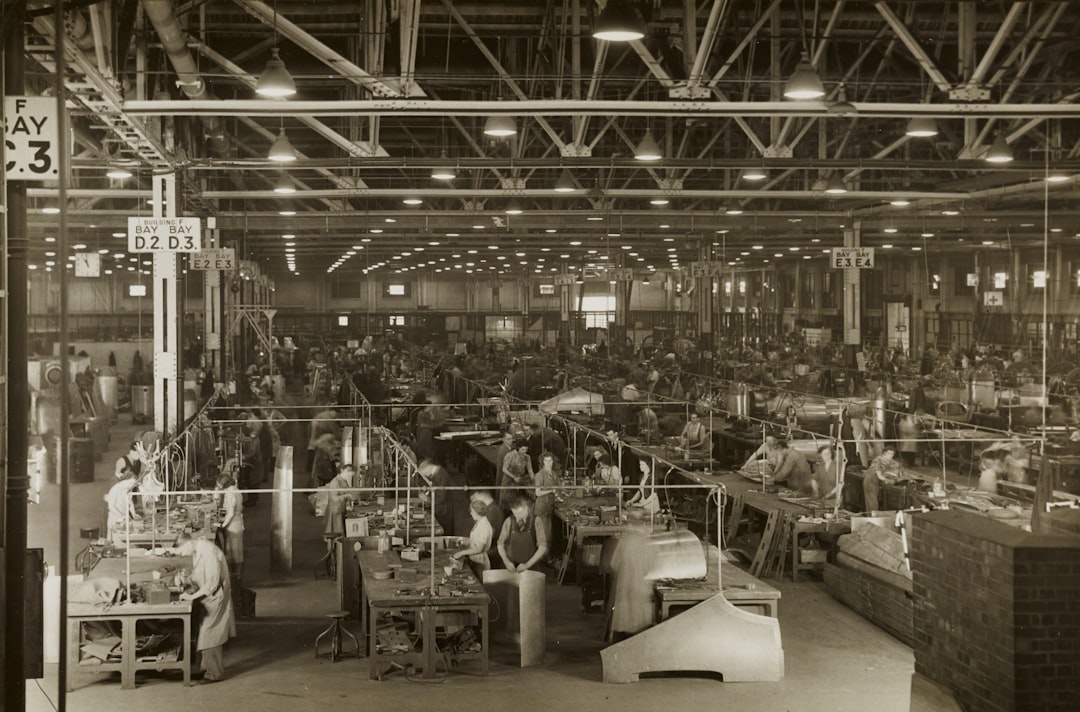
The manufacturing sector, often seen as a bellwether for the broader economy, is sending mixed but mostly concerning signals. Responses to the April Manufacturing Business Outlook Survey suggested a decline in regional manufacturing activity this month. The indicators for current activity, new orders, and shipments fell notably and turned negative. This represents a sharp turnaround from earlier optimism about manufacturing recovery.
The latest employment summary from the U.S. Department of Labor finds employment levels in U.S. manufacturing declined by 7,000 jobs in June. This follows a loss of 8,000 jobs in May and 1,000 jobs in April. The consistent job losses in manufacturing suggest that companies are becoming more cautious about maintaining their workforce levels, which often happens when they expect slower demand ahead.
Federal Spending Cuts Impact Growth

Government spending patterns are also contributing to the economic slowdown. Federal government expenditures declined 5.1% for the quarter, shaving about one-third of a percentage point off GDP. This reduction in government spending comes at a time when the economy needs all the support it can get, creating additional headwinds for growth.
The impact of these spending cuts extends beyond just the immediate GDP numbers. When the government reduces its spending, it affects everything from defense contractors to infrastructure projects, creating ripple effects throughout the economy that can take months to fully materialize.
Trade Deficit Widens Significantly

The U.S. current-account deficit widened by $138.2 billion, or 44.3 percent, to $450.2 billion in the first quarter of 2025, according to statistics released today by the U.S. Bureau of Economic Analysis. This dramatic increase in the trade deficit shows that America is importing far more than it’s exporting, which drains economic activity from domestic production.
The first-quarter deficit was 6.0 percent of current-dollar gross domestic product, up from 4.2 percent in the fourth quarter. This level of trade imbalance puts pressure on domestic manufacturers and creates additional challenges for economic growth, especially when combined with other weakening indicators.
Employment Market Shows Concerning Trends
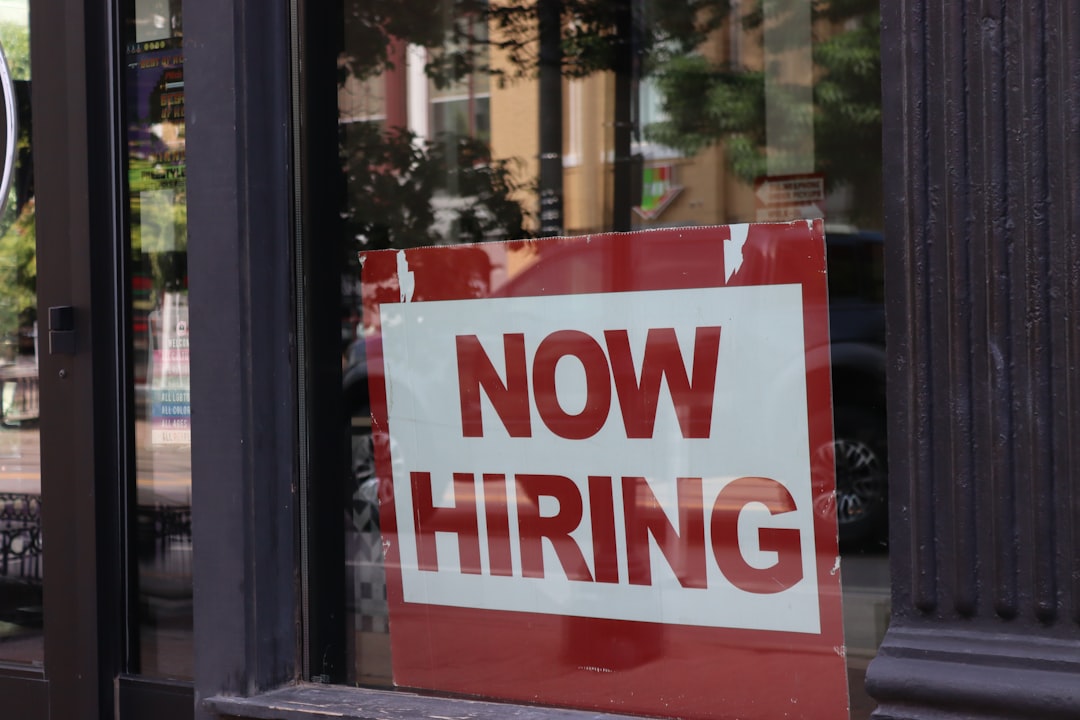
While the unemployment rate remains relatively low, there are troubling signs beneath the surface. But this was not enough to offset still very low consumer expectations, weak new orders in manufacturing, and a third consecutive month of rising initial claims for unemployment insurance. The increase in unemployment claims suggests that more people are losing their jobs, even if they’re finding new ones relatively quickly.
Notably, the share of consumers expecting fewer jobs in the next six months (32.1%) was nearly as high as in April 2009, in the middle of the Great Recession. This level of pessimism about future job prospects is particularly concerning because it can become a self-fulfilling prophecy as businesses become more cautious about hiring.
Business Investment Slows Down
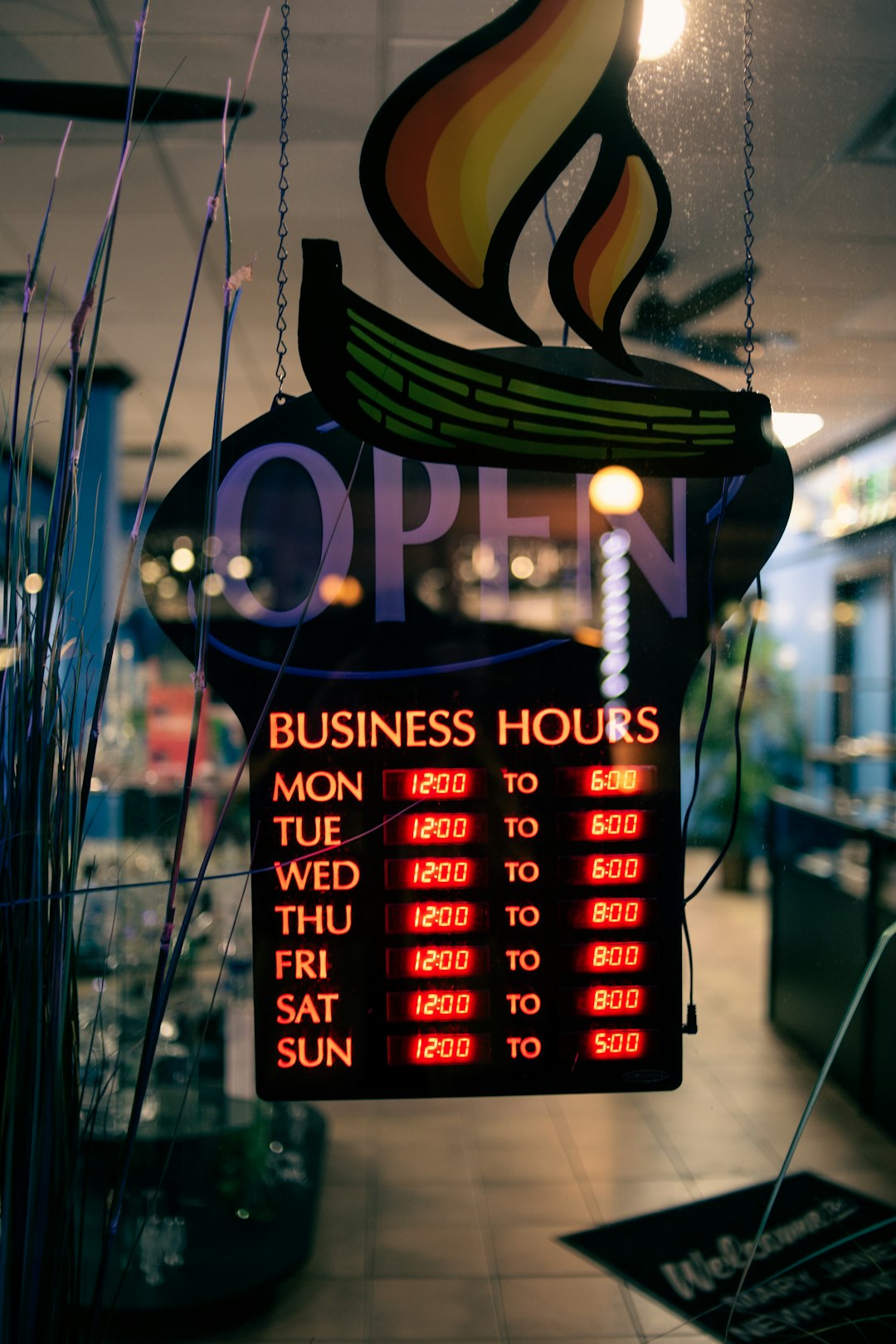
Companies are becoming increasingly cautious about major investments, which doesn’t bode well for future economic growth. Overall, in 2025, we predict business investment to rise just 0.7%, slowing from the 3.7% recorded in 2024. This dramatic slowdown in business investment suggests that companies are adopting a wait-and-see approach rather than betting on future growth.
The National Federation of Independent Business’ small business optimism index had been falling since December 2024, though it recovered slightly in May.Plans to make capital expenditures had fallen to the lowest since 2020 in April and remained weak in May. Small businesses, which are often the first to react to changing economic conditions, are clearly pulling back on expansion plans.
Inflation Pressures Build Despite Slowdown

Adding to the economic complexity, inflation is starting to tick up again just as growth slows down. The Consumer Price Index increased 2.7% on an annual basis in June, up from 2.4% in May. On a monthly basis, the CPI increased 0.3%. This combination of slower growth and rising prices creates a challenging environment for policymakers.
With higher tariffs imposed on most major trading partners, we expect a renewed inflation impulse to emerge, with headline and core CPI inflation rising toward 3.1% and 3.3% in December, respectively. The prospect of both slower growth and higher inflation – a scenario economists call stagflation – is particularly worrying for both consumers and businesses.
Stock Market Volatility Reflects Uncertainty
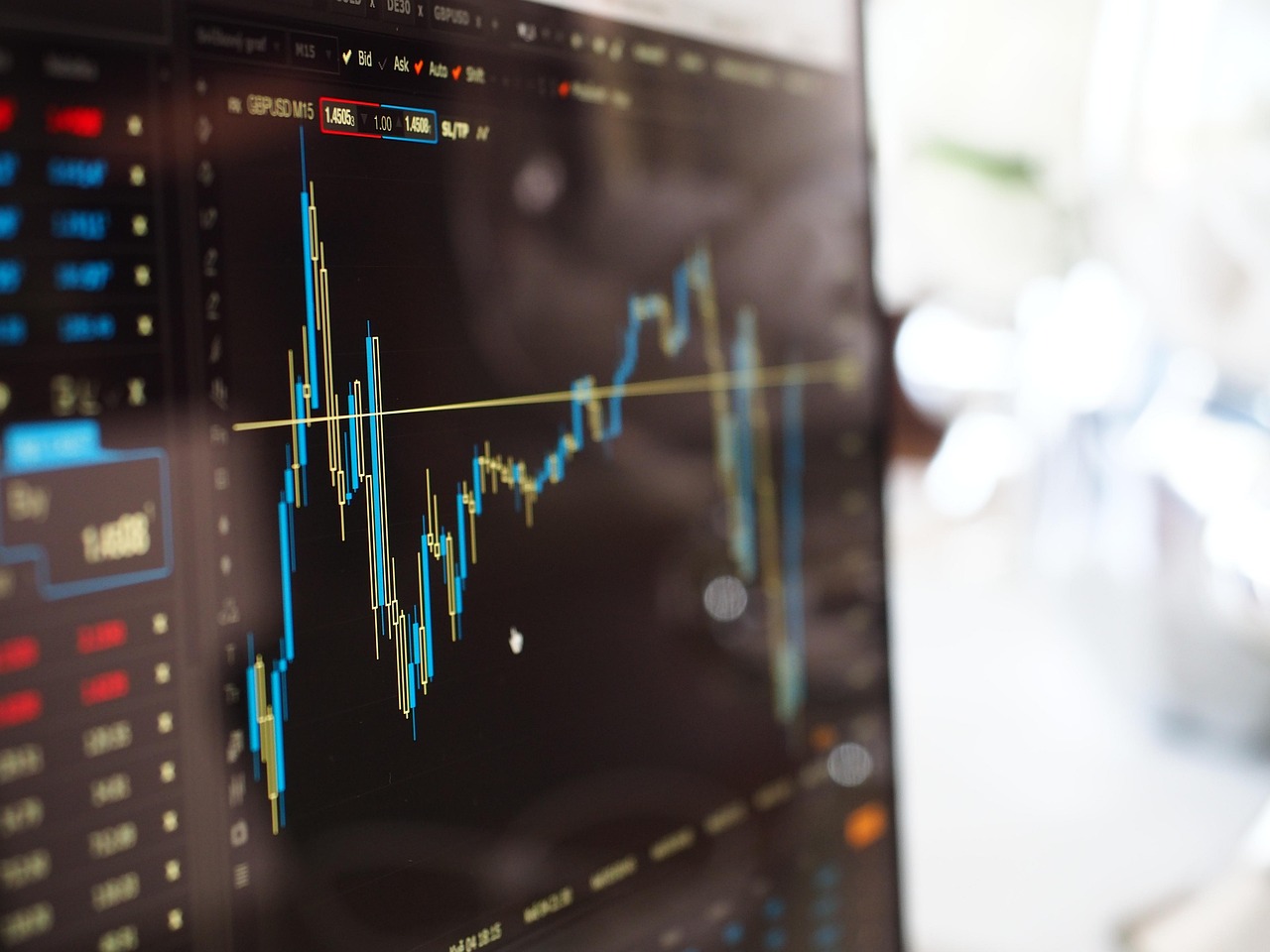
Financial markets are also showing signs of stress as investors grapple with conflicting economic signals. Stock market declines likely proved a significant role in the worsening outlook, it said; earlier this month, the S&P 500 entered correction territory — down 10% from its recent high — for the first time since 2022. This market volatility reflects the broader uncertainty about where the economy is headed.
High financial market volatility in April pushed consumers’ views about the stock market deeper into negative territory, with 48.5% expecting stock prices to decline over the next 12 months When consumers expect stock prices to fall, it often signals broader pessimism about economic conditions that can affect spending and investment decisions.
Regional Variations Paint Mixed Picture

The economic slowdown isn’t affecting all parts of the country equally. Real gross domestic product decreased in 39 states in the first quarter of 2025, with the percent change ranging from 1.7 percent at an annual rate in South Carolina to –6.1 percent in Iowa and Nebraska. This widespread decline across most states suggests that the economic challenges aren’t confined to specific regions or industries.
However, there are some bright spots. Personal income, in current dollars, increased in all 50 states and the District of Columbia in the first quarter of 2025, with the percent change ranging from 12.7 percent at an annual rate in North Dakota to 3.2 percent in Washington state. The fact that personal income continued to grow even as economic output declined shows the complex nature of the current economic situation.
Policy Responses and Future Outlook

Despite these concerning indicators, some economists remain cautiously optimistic. At this point, The Conference Board does not forecast a recession, although economic growth is expected to slow substantially in 2025 compared to 2024. The key question remains whether current policies and market conditions will be enough to prevent a more serious downturn.
We anticipate real GDP growth will decelerate from 2.8% in 2024 to 1.5% in 2025 and 1.4% in 2026. This projected slowdown, while not technically a recession, would represent a significant cooling of economic activity that could affect everything from job creation to business investment. The 0.3% decline in leading indicators may seem small, but it’s part of a pattern that suggests Americans should prepare for a more challenging economic environment ahead.


